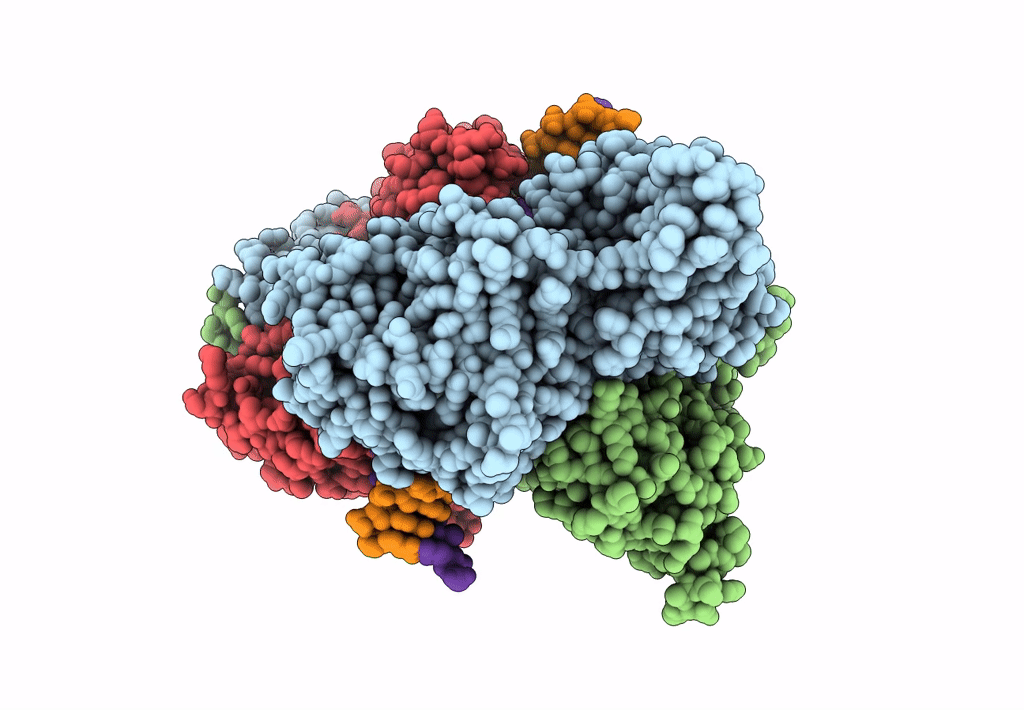
Deposition Date
2021-10-25
Release Date
2022-11-30
Last Version Date
2025-09-17
Entry Detail
Biological Source:
Source Organism:
Pseudomonas alcaligenes (Taxon ID: 43263)
synthetic construct (Taxon ID: 32630)
synthetic construct (Taxon ID: 32630)
Host Organism:
Method Details:
Experimental Method:
Resolution:
2.55 Å
R-Value Free:
0.23
R-Value Work:
0.18
R-Value Observed:
0.18
Space Group:
P 21 21 21


